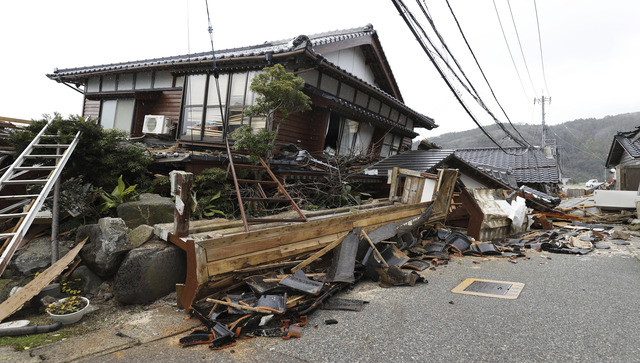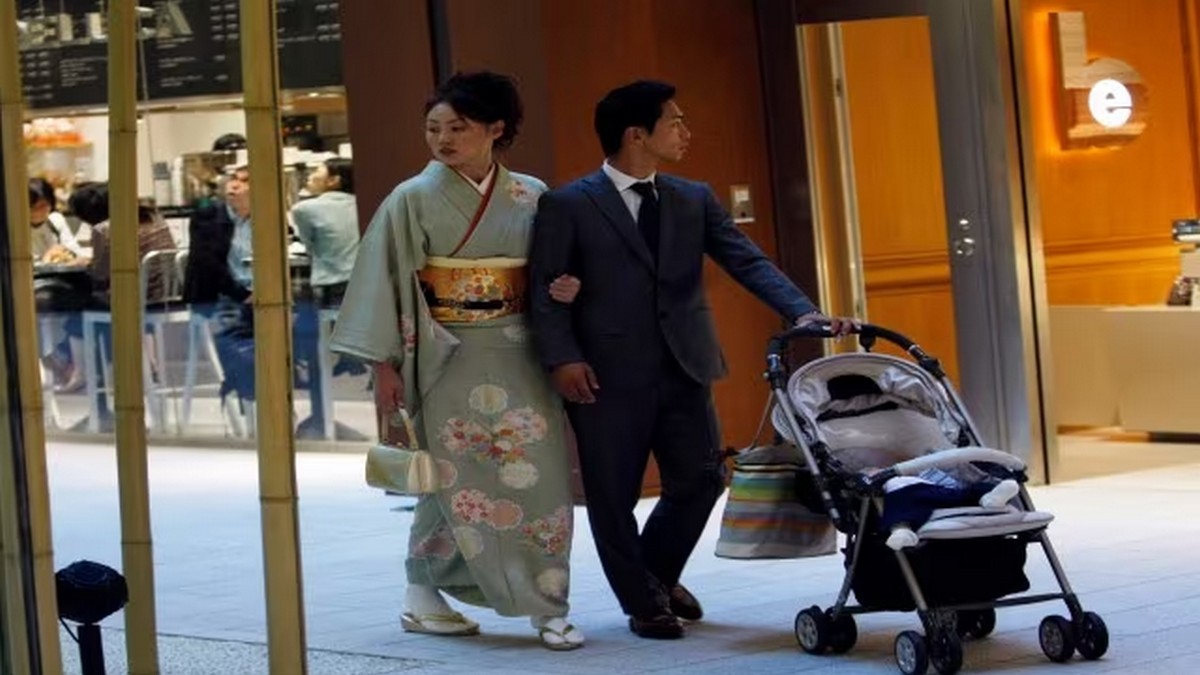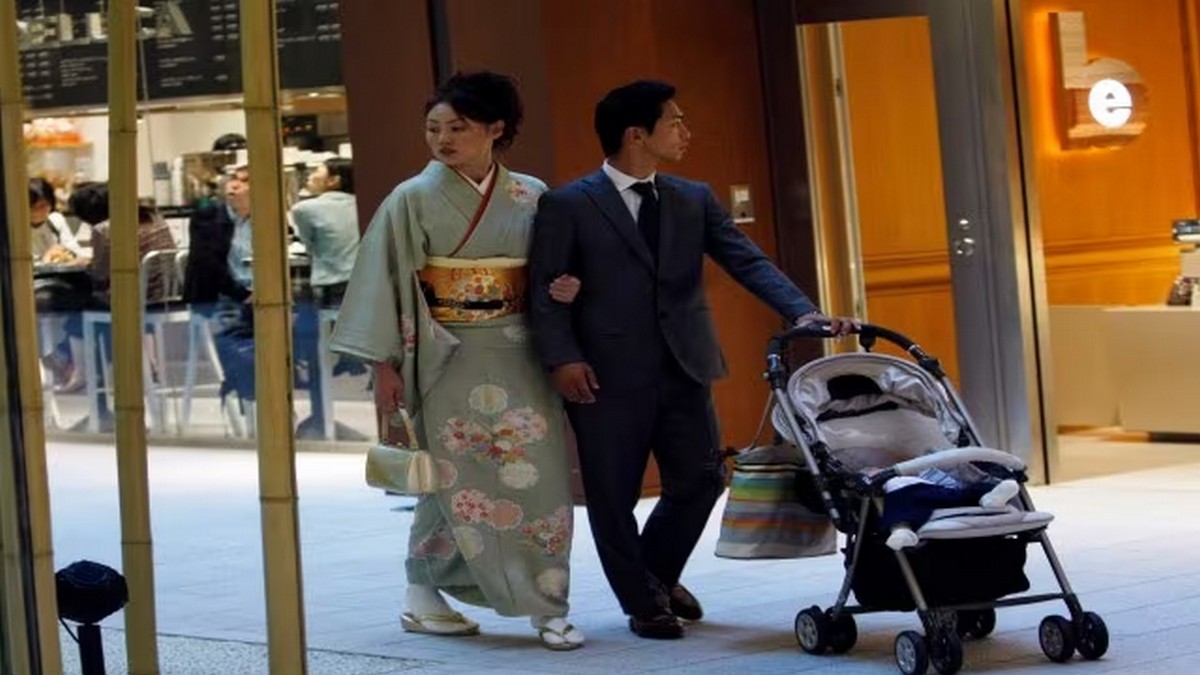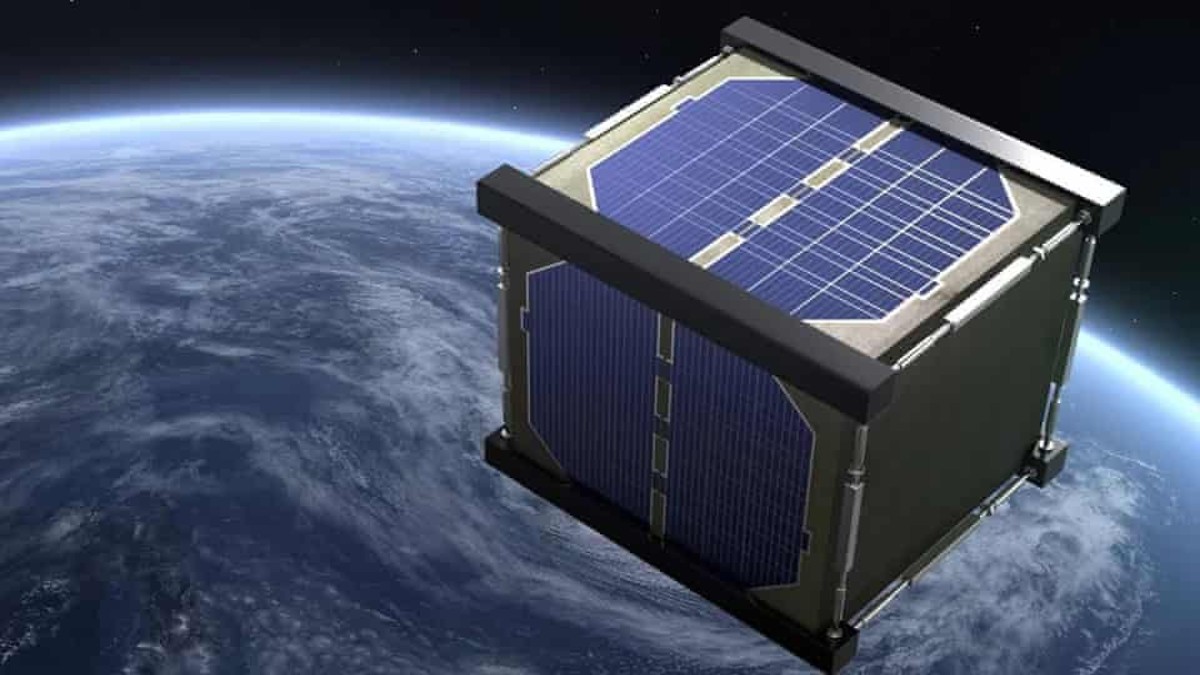Japan is reeling from a series of earthquakes that left dozens of people dead, damaged buildings and knocked out power to tens of thousands of homes. Aftershocks kept jolting Ishikawa prefecture and nearby areas a day after a magnitude 7.6 quake hit western Japan on 1 January.
The strong temblor toppled buildings, damaged roads and led to landslides. The continued aftershocks hampered rescue operations, with Prime Minister Fumio Kishida saying it was a “priority” to save lives. “It is critical that people trapped in homes get rescued immediately.”
As of early Tuesday (2 January), all major tsunami warnings by the Japan Meteorological Agency for the length of the nation’s west coast owing to the powerful quake were lifted. However, the agency has sounded the alarm over more likely temblors that could hit the area over the coming days.
Japan reportedly weathers up to 2,000 quakes that can be felt by people every year. So, what makes the island country in East Asia so prone to earthquakes? Let’s take a deep dive to understand.
Why Japan sees frequent quakes
It is all due to its geographical location. Japan is situated along the “Pacific Ring of Fire,” which is the “most active” earthquake belt globally, according to a Live Science report.
This Ring of Fire is a large horseshoe-shaped path along the Pacific Ocean marked by active volcanoes and sites of seismic activity or earthquakes. About 90 per cent of Earth’s earthquakes take place along this part, including the most violent seismic events, reported National Geographic.
Within Ring of Fire, multiple tectonic plates move and collide. “The Earth’s surface is broken up into about a dozen or so major chunks that are all moving around. Where they all interact at their edges, interesting things happen,” Douglas Given, a geophysicist with the USGS in Pasadena, California, told Live Science.
Japan is located on the joint of four different plates, with the Pacific plate and the Philippine plate to the east and the North America plate and the Eurasian plate to the west.
“And what is happening is that the Philippine plate and the Pacific plate are heading towards the west; they are going underneath the other two plates and that is what is causing all the problems,” according to an Al Jazeera report.
The 2013 White Paper on Disaster Prevention by the Japan Cabinet found that about 20 per cent of the world’s earthquakes of magnitude 6 or above occur in or near Japan. The island nation also accounts for nearly seven per cent of active volcanoes in the world.
Some of Japan’s worst quakes
Japan has seen various powerful tremors over the years. Here are some of the most devastating ones.
In 1923, a 7.9-magnitude quake hit central Tokyo, killing 105,000 people. At the time of the Great Kanto Earthquake, the capital city mostly consisted of wooden houses. The quake led to fires, with strong winds fanning the blaze into massive firestorms and leaving a trail of death and destruction.
Central Japan was struck by the country’s worst earthquake in 50 years on 16 January 1995. The 7.3 magnitude quake killed over 6,400 and devastated the western port city of Kobe.
In 2011, a 9 magnitude earthquake that triggered a tsunami hit northeast Japan, taking more than 18,000 lives. This was the third-largest quake in the world since 1900. The 2011 Tohoku Earthquake and Tsunami event also resulted in a meltdown at the Fukushima Dai-Ichi nuclear power plant – the worst nuclear disaster in the world since Chernobyl.
How Japan is well-prepared for quakes
Japan, one of the most quake-prone countries in the world, has been preparing for natural disasters for years. The country has updated its regulations each time it was hit by a strong tremor.
With climate change increasing the frequency of disasters, the East Asian country which weathers large quakes and tropical storms every year cannot afford to fall asleep at the wheel.
Japan has strict construction regulations in place to ensure buildings can withstand strong earthquakes. There are also frequent emergency drills to prepare for a major temblor, as per The Guardian.
As per a 2021 Bloomberg report, Japan was increasing investment in mitigating natural disasters. In December of that year, the government adopted a five-year 15 trillion yen plan that included upgrading infrastructure such as roads, schools and airports as part of its anti-disaster preparations.
Japan has kenchikushi, or licensed architect-engineers, who are liable for building defects for 10 years. In 1981, Japan required all new buildings to have a seismic isolation system, in the structures’ foundations have layers of steel and rubber to act as shock absorber, BBC reported.
A 2018 World Bank report noted that by “gradually amending building laws in response to successive earthquakes and socioeconomic and demographic changes," Japan has built an environment “that is among the safest and most disaster resilient in the world.”
Hundreds of buildings use seismic safety technology to control movement during quakes. Artificial intelligence has also started to play a role in safer building design, reported Bloomberg.
Besides building quake-resilient buildings, people, local governments and businesses stock emergency supplies in the event of natural disasters.
With inputs from agencies


)




)
)
)
)
)
)
)
)